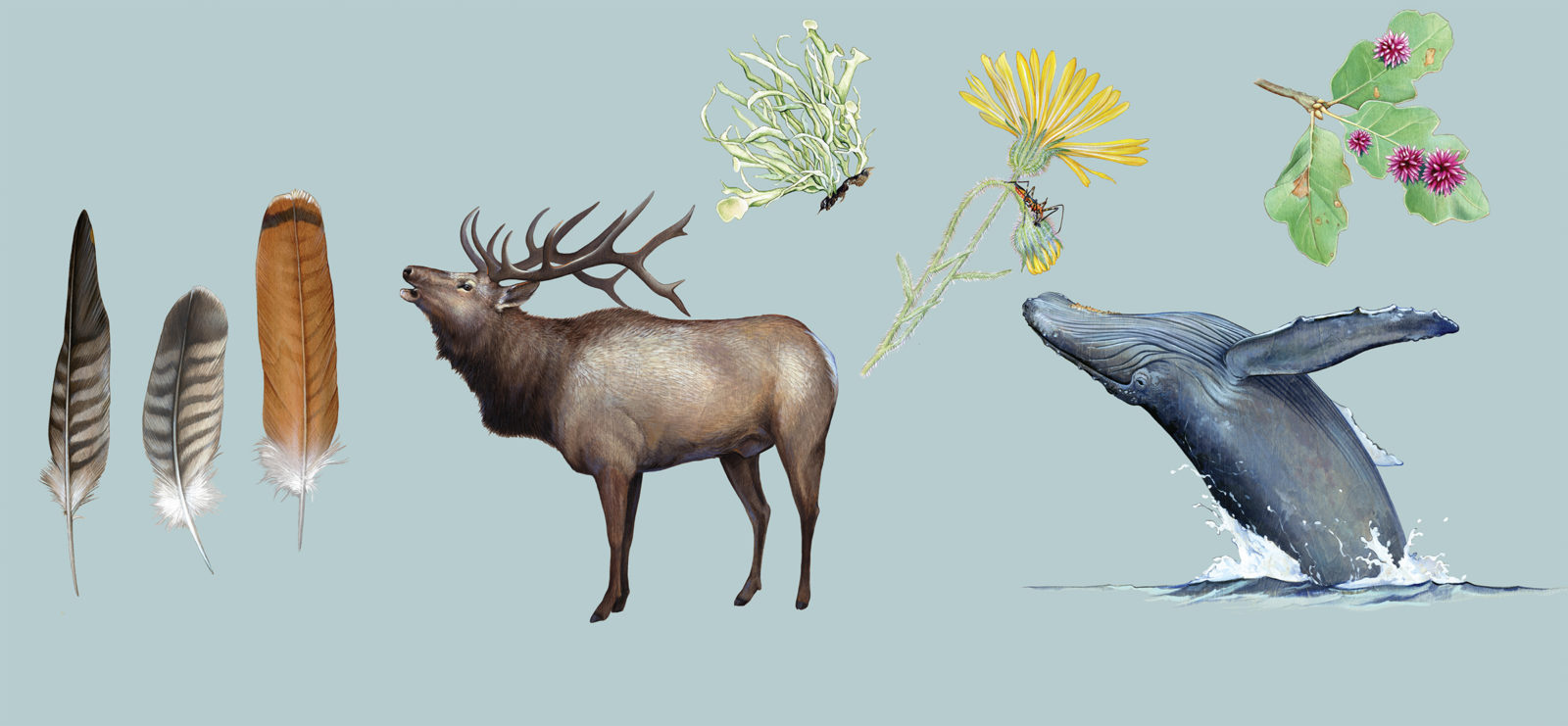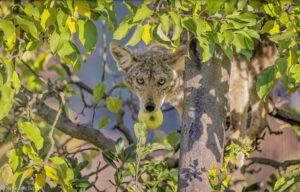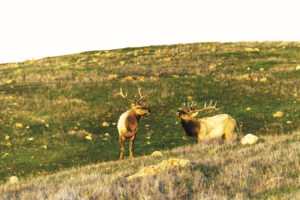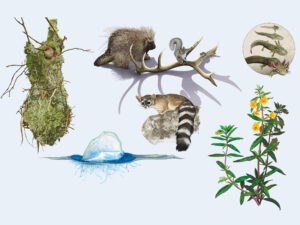Text and research by the California Center for Natural History
Molt
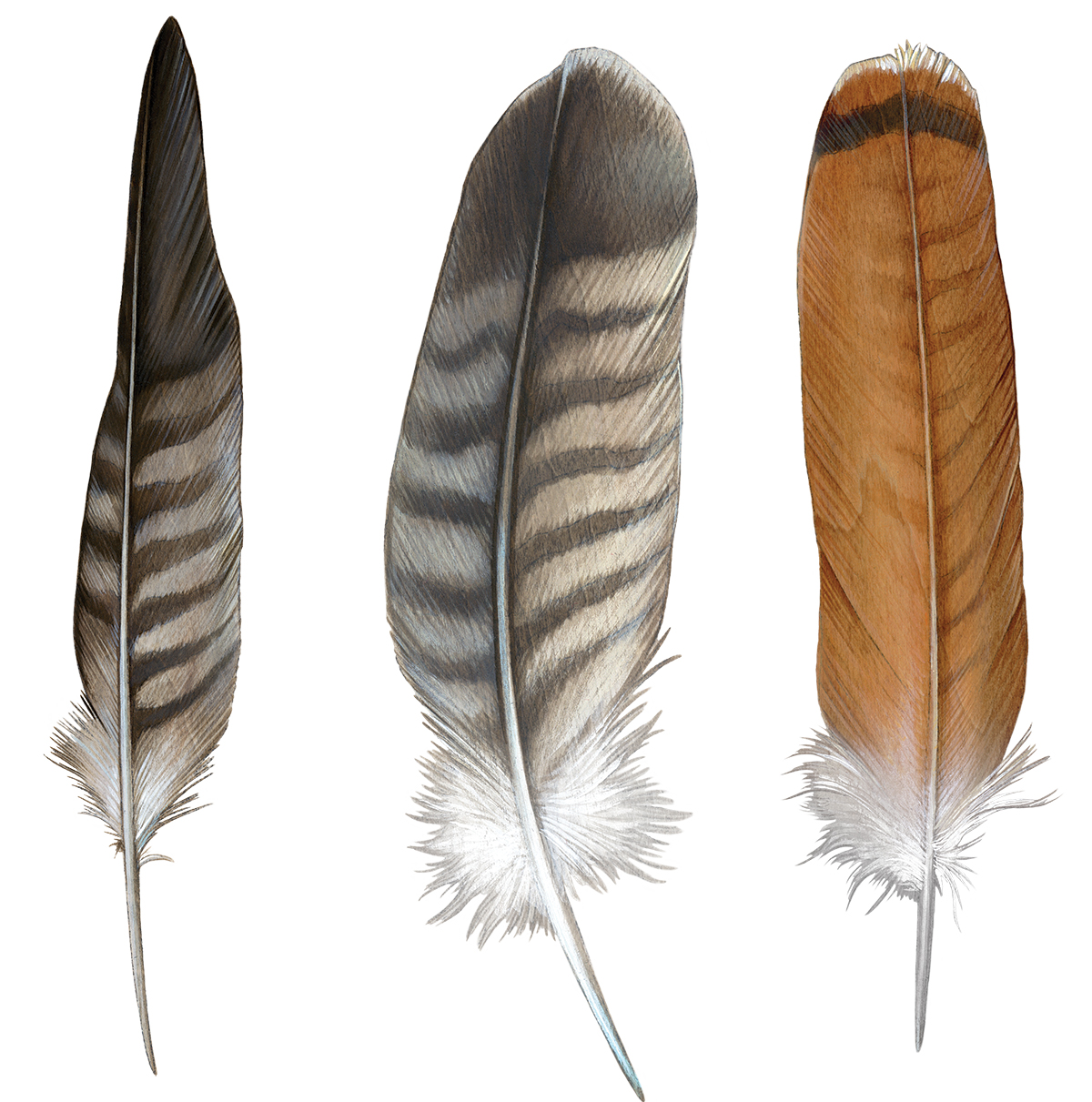
Along with looking to the sky for red-tailed hawks (Buteo jamaicensis) this summer, check the ground. You might find feathers as the raptors molt. Red-tails aren’t migrating or nesting in summer, so they have the energy to swap in some new feathers. You can spot the gaps left by molted feathers in the wings of a flying bird, and a red-tail whose tail is striped is likely a year-old juvenile shedding its youth for adulthood plumage.
Bugle Boys
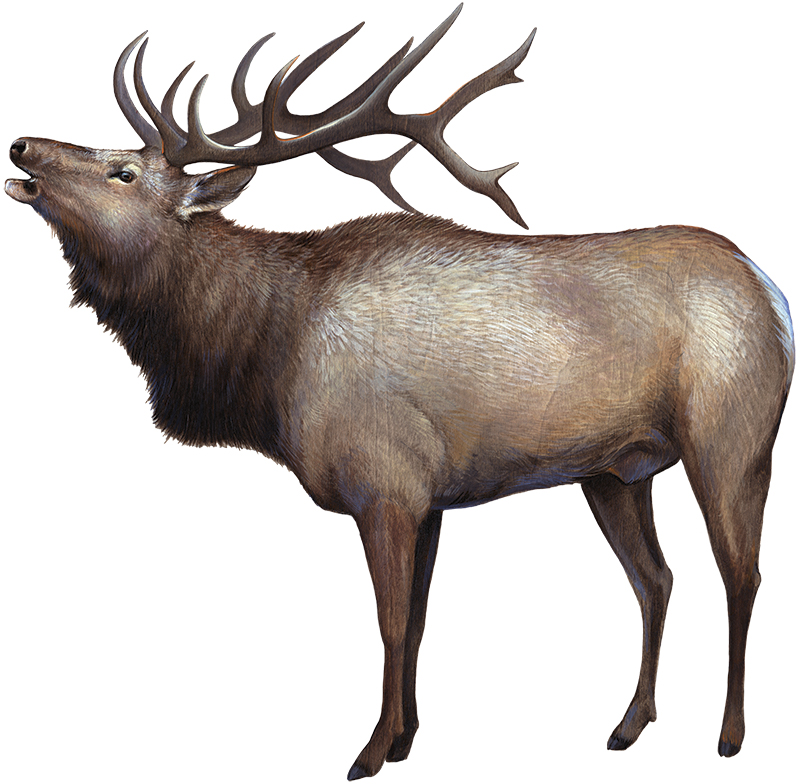
As the days grow shorter after the summer solstice, tule elk (Cervus canadensis nannodes) bulls call the mating season to order with their screechy signature cries that travel over the grasslands. Sometimes an elk bugles to announce his presence and location; other times it’s to attract cows, which a male rounds up in a harem; he also bugles to warn off competing males. Hunters say each of these bugles sounds slightly different. Observe the rut (mating season) in Point Reyes National Seashore and Coyote Ridge Open Space Preserve.
Fog Lichens

If you wanted to map the footprint of the Bay Area’s infamous summer fog, finding all the many-fingered tufts of armored fog lichen (Niebla homalea) hunkered down on rocky outcroppings would be a good way to start. They need at least four hours of fog moisture a day in summer to survive, and they appear to track the fog’s elevation, as well as its sometimes long inland fingers, according to Shelly Benson, president of the California Lichen Society. Their sensitive moisture needs might make them a good indicator of changing fog patterns. There are at least eight species of the pale green Niebla—which means fog in Spanish—in the Bay Area.
AKA Tarplant

Summer-blooming madia called common madia (Madia elegans) have some memorably cool adaptations to protect themselves. A strong, turpentine-like fragrance lures small insects to the plant and then sticky hairs on its stems and leaves trap the insects. This carrion buffet attracts predators like assassin bugs and crab spiders, which then discover and eat other living herbivorous insects munching on the flowers, including the caterpillars of the small owlet moth. This indirect defense has reduced damage to the aster’s buds by 60 percent, according to one study. Look for tarplant in disturbed areas and grasslands like Sunol Regional Wilderness or the Skyline Gardens Project in EBMUD land this summer.
Galled

Find a blue oak and then look closely at its leaves. If it’s later in the summer, there could be a small, pea-size reddish sea urchin stuck to it. But it’s no urchin. It’s a nursery, induced by the tiny urchin gall wasp (Antron quercusechinus) to support its eggs and larvae, but created from the blue oak leaf’s plant tissue. Insect gall formation is mysterious and complex, but generally speaking the plant hormones respond to insect hormones when the eggs are laid, causing the plant to grow gall tissue.
Humpback Bay
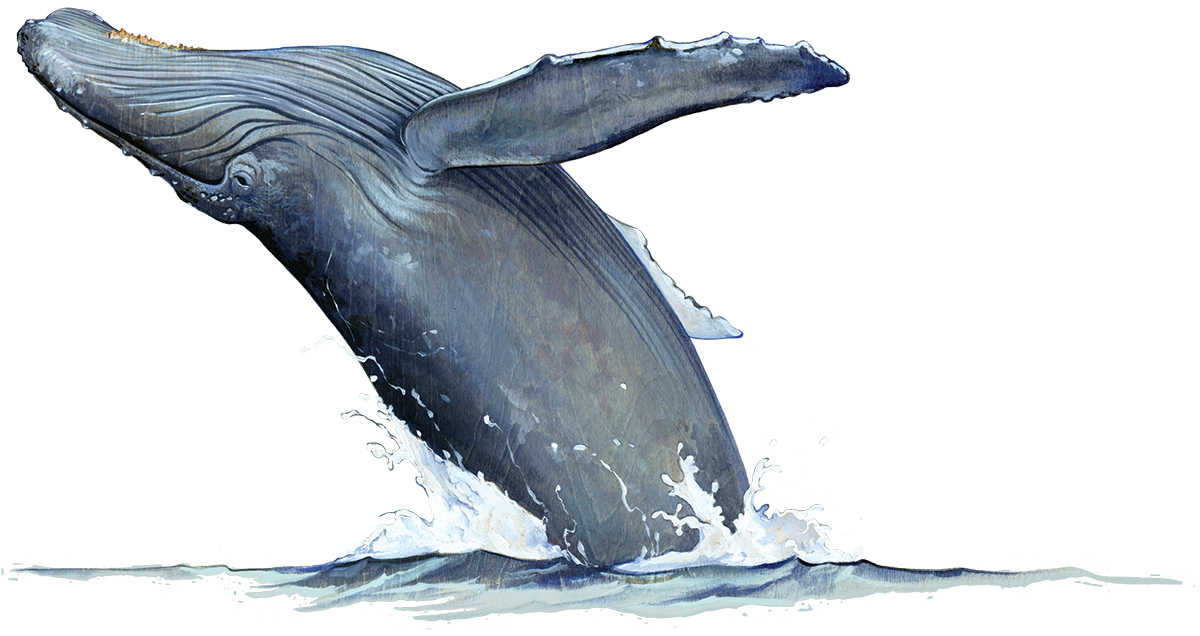
The summer winds blowing offshore in the Bay Area help initiate a chain of events that have defined our coast for a very long time: cold water from the deep ocean churns to the surface full of nutrients. Phytoplankton eat the detritus. Krill eat the phytoplankton. And blueand humpback whales arrive from the south to eat the krill. But since summer 2016, the humpbacks (Megaptera novaeangliae) have added a new strategy to this old cycle. Before the krill are plentiful, the humpbacks are entering San Francisco Bay to feast on anchovies. Watch for their breaches, open-mouthed lunges, and tall, vertical sprays near the Golden Gate.

